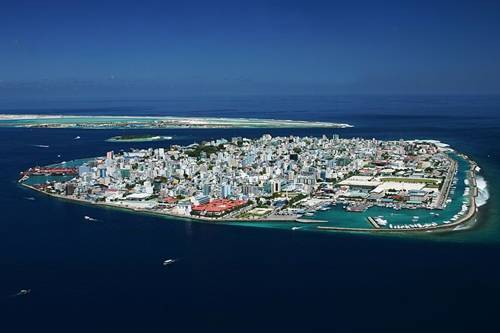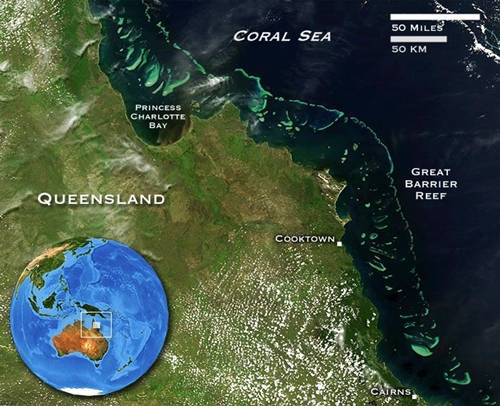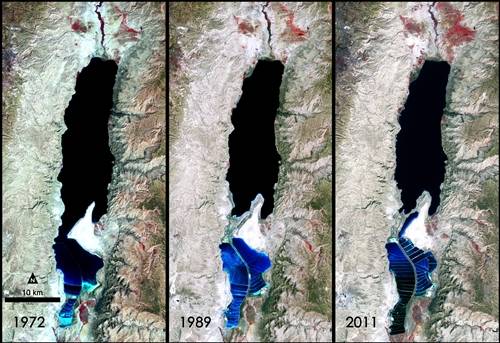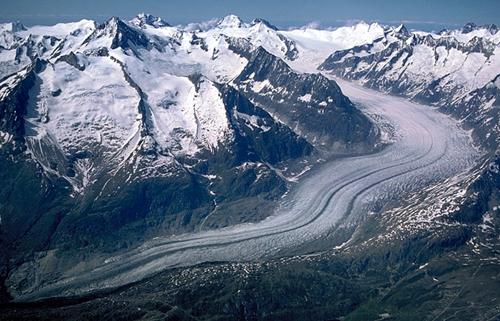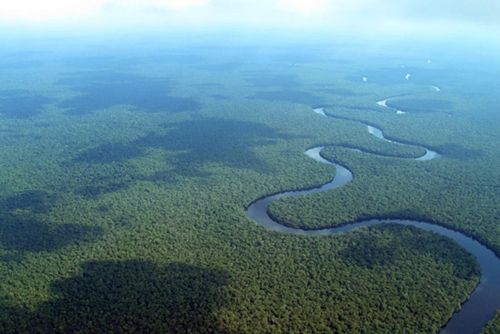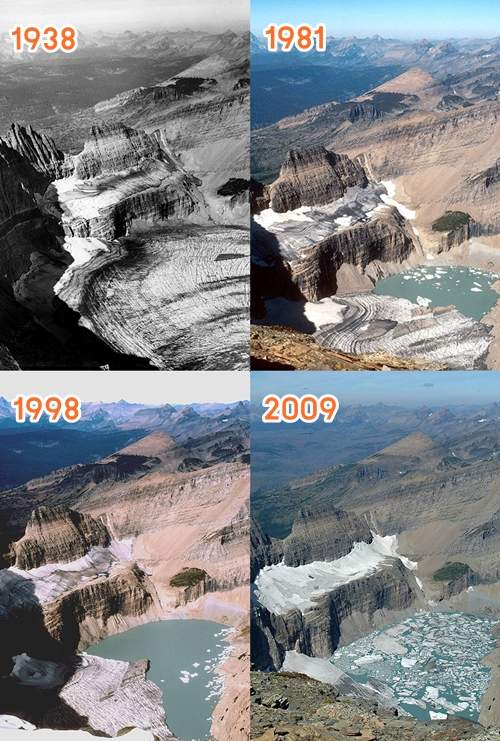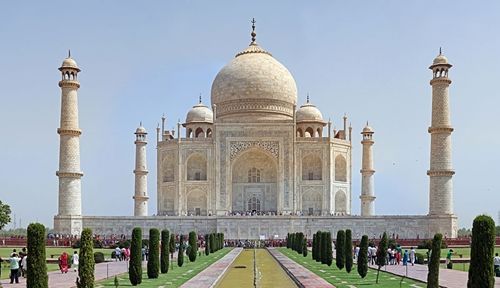Instrumentation is a field
of study and work centering on measurement and control
of
physical processes. These physical processes include pressure,
temperature, flow rate, and chemical consistency. An instrument is a
device that measures and/or acts to control any kind
of physical process. Due to the fact that electrical quantities
of
voltage and current are easy to measure, manipulate, and transmit over
long distances, they are widely used to represent such physical
variables and transmit the information to remote locations.
A
signal is any kind
of physical quantity that conveys information. Audible speech is certainly a kind
of signal, as it conveys the thoughts (information)
of one person to another through the physical medium
of sound. Hand gestures are signals, too, conveying information by means
of light. This text is another kind
of signal, interpreted by your English-trained mind as information about electric circuits. In this chapter, the word
signal will be used primarily in reference to an electrical quantity
of voltage or current that is used to
represent or
signify some other physical quantity.
An
analog signal is a kind
of signal that is continuously variable, as opposed to having a limited number
of steps along its range (called
digital). A well-known example
of analog vs. digital is that
of clocks: analog being the
type with pointers that slowly rotate around a circular scale, and digital being the
type
with decimal number displays or a "second-hand" that jerks rather than
smoothly rotates. The analog clock has no physical limit to how finely
it can display the time, as its "hands" move in a smooth, pauseless
fashion. The digital clock, on the other hand, cannot convey any unit
of time smaller than what its display will allow for. The
type of clock with a "second-hand" that jerks in 1-second intervals is a digital device with a minimum
resolution of one second.
Both analog and digital signals find application in modern electronics, and the distinctions between these two basic forms
of information is something to be covered in much greater detail later in this book. For now, I will limit the scope
of this discussion to analog signals, since the systems using them tend to be
of simpler design.
With many physical quantities, especially electrical, analog variability
is easy to come by. If such a physical quantity is used as a
signal medium, it will be able to represent variations
of information with almost unlimited resolution.
In the early days
of industrial
instrumentation, compressed air was used as a signaling medium to convey
information from measuring instruments to indicating and controlling
devices located remotely. The amount
of air pressure corresponded to the magnitude
of
whatever variable was being measured. Clean, dry air at approximately
20 pounds per square inch (PSI) was supplied from an air compressor
through tubing to the measuring instrument and was then regulated by
that instrument according to the quantity being measured to produce a
corresponding output
signal. For example, a pneumatic (air
signal) level "transmitter" device set up to measure height
of
water (the "process variable") in a storage tank would output a low air
pressure when the tank was empty, a medium pressure when the tank was
partially full, and a high pressure when the tank was completely full.

The "water level indicator" (LI) is nothing more than a pressure gauge measuring the air pressure in the pneumatic
signal line. This air pressure, being a
signal, is in turn a representation
of the water level in the tank. Any variation
of level in the tank can be represented by an appropriate variation in the pressure
of the pneumatic
signal. Aside from certain practical limits imposed by the mechanics
of air pressure devices, this pneumatic
signal is infinitely variable, able to represent any degree
of change in the water's level, and is therefore
analog in the truest sense
of the word.
Crude as it may appear, this kind
of pneumatic signaling system formed the backbone
of
many industrial measurement and control systems around the world, and
still sees use today due to its simplicity, safety, and reliability.
Air pressure signals are easily transmitted through inexpensive tubes,
easily measured (with mechanical pressure gauges), and are easily
manipulated by mechanical devices using bellows, diaphragms, valves, and
other pneumatic devices. Air pressure signals are not only useful for
measuring physical processes, but for
controlling them as well. With a large enough piston or diaphragm, a small air pressure
signal
can be used to generate a large mechanical force, which can be used to
move a valve or other controlling device. Complete automatic control
systems have been made using air pressure as the
signal medium. They are simple, reliable, and relatively easy to understand. However, the practical limits for air pressure
signal
accuracy can be too limiting in some cases, especially when the
compressed air is not clean and dry, and when the possibility for tubing
leaks exist.
With the advent
of solid-state electronic amplifiers and other technological advances, electrical quantities
of voltage and current became practical for use as analog instrument signaling media. Instead
of using pneumatic pressure signals to relay information about the fullness
of a water storage tank, electrical signals could relay that same information over thin wires (instead
of tubing) and not require the support
of such expensive equipment as air compressors to operate:

Analog electronic signals are still the primary kinds
of signals used in the instrumentation world today (January
of 2001), but it is giving way to digital modes
of
communication in many applications (more on that subject later).
Despite changes in technology, it is always good to have a thorough
understanding
of fundamental principles, so the following information will never really become obsolete.
One important concept applied in many analog instrumentation
signal systems is that
of "live zero," a standard way
of scaling a
signal so that an indication
of 0 percent can be discriminated from the status
of a "dead" system. Take the pneumatic
signal system as an example: if the
signal pressure range for transmitter and indicator was designed to be 0 to 12 PSI, with 0 PSI representing 0 percent
of process measurement and 12 PSI representing 100 percent, a received
signal of 0 percent could be a legitimate reading
of 0 percent measurement
or
it could mean that the system was malfunctioning (air compressor
stopped, tubing broken, transmitter malfunctioning, etc.). With the 0
percent point represented by 0 PSI, there would be no easy way to
distinguish one from the other.
If, however, we were to scale the instruments (transmitter and indicator) to use a scale
of 3 to 15 PSI, with 3 PSI representing 0 percent and 15 PSI representing 100 percent, any kind
of a malfunction resulting in zero air pressure at the indicator would generate a reading
of
-25 percent (0 PSI), which is clearly a faulty value. The person
looking at the indicator would then be able to immediately tell that
something was wrong.
Not all
signal standards have been set up
with live zero baselines, but the more robust signals standards (3-15
PSI, 4-20 mA) have, and for good reason.















